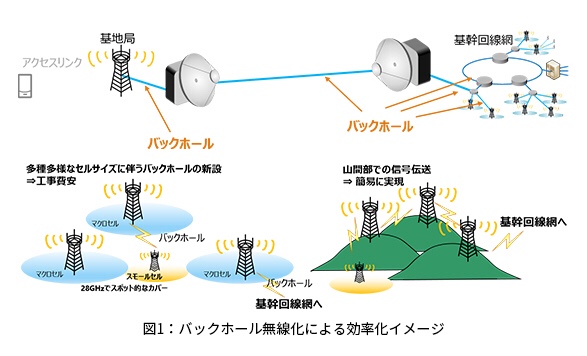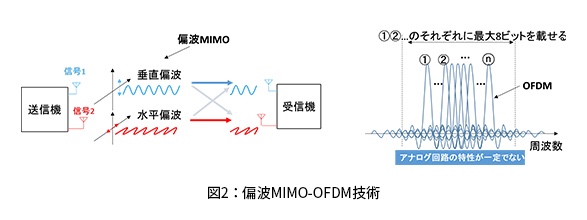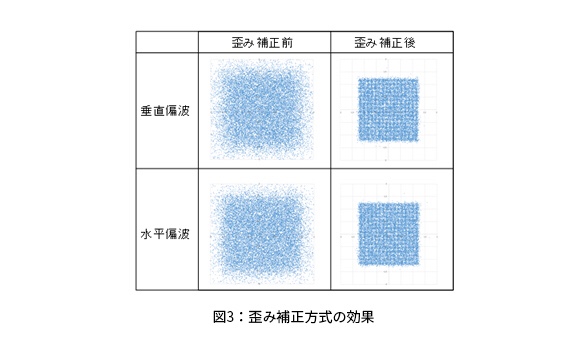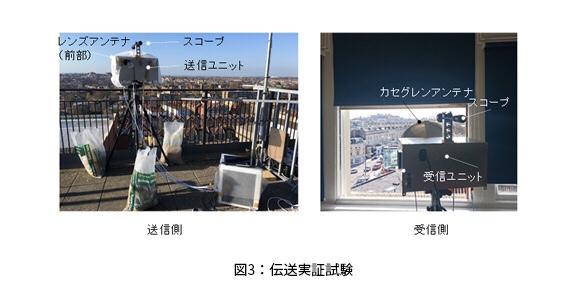



Toshiba: 5G wireless relay line, 20Gbps transmission: Polarized MIMO-OFDM / distortion correction tech
-Achieving both higher transmission speed and reduced costs with new technology that corrects distortion in the analog circuit for transmission and reception-
Toshiba: 5G wireless relay line
Toshiba has developed ultra-high-speed wireless technology with a transmission speed of 20 Gbps for 5G wireless relay circuits.
What are trunk lines and networks?
A network that connects the terminal access line to the central backbone network (backbone line), such as a 5G / carrier backbone network (Note 1).
Achieving a transmission speed of 20 Gbps: (Fig. 1)
A transmission speed of 20 Gbps was achieved in a transmission demonstration test that was equivalent to a communication distance of 5 km (Note 2).
This technology eliminates the need for installation of cables such as optical fibers, which was previously required for backhaul lines, and reduces construction costs and maintenance.
Building 5G: between base stations and mobile terminals
The construction of 5G is being promoted as a smart factory that optimizes the manufacturing process by connecting various sensors in the factory, and as a next-generation communication infrastructure that enables automated mobility.
To increase the transmission speed between a base station and a mobile terminal in 5G, it is necessary to increase the capacity of the backhaul line connecting the base station and the backbone network.
Polarization MIMO-OFDM: New distortion correction technology
Therefore, we multiplexed and transmitted signals between multiple transmitting and receiving antennas using two polarized waves (electromagnetic waves) in the vertical and horizontal directions.
Focusing on the polarization MIMO-OFDM system that enables large-capacity, high-speed communication, we have achieved stable, high-speed, large-capacity communication with a transmission speed of 20 Gbps over a wide band by using a new distortion correction technology for this system.
We announced the details of this technology on December 10 (local time) at Globecom2019, an international conference on telecommunications technology held in the United States and Hawaii.
https://www.toshiba.co.jp/rdc/detail/1912_01.htm?from=RSS_PRESS&uid=20191212-6417